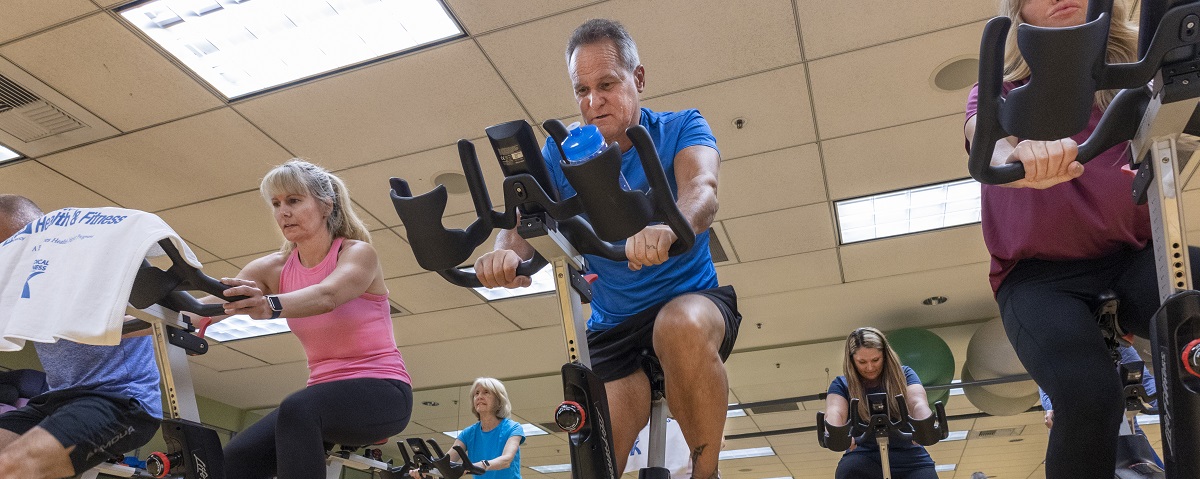When it comes to taking care of your heart, exercise is one of the most powerful tools at your disposal. Not only does it help reduce the risk factors for heart disease, but it also strengthens your heart, improves circulation, and enhances overall health. The American Heart Association and the American College of Sports Medicine both recommend at least 150 minutes per week of moderate-intensity aerobic activity (i.e. walking, dancing, etc.) or 75 minutes per week of vigorous aerobic activity (i.e. running, cycling, swimming, etc.). They also recommend combining resistance training to produce the greatest benefit for preventing and managing heart disease. By combining both you will make sure that you are meeting your allocated amount of heart pumping activity in no time.
Lower Your Blood Pressure and Boost Heart Efficiency with Regular Exercise
Regular exercise is a powerful way to lower blood pressure and support a healthier heart. By keeping arteries and blood vessels flexible, exercise enables your heart muscle to pump blood more efficiently throughout your body. As your fitness level improves, your tissues pull oxygen from the bloodstream more effectively—much like a beta blocker, exercise slows the heart rate and brings blood pressure down. For best results, stay within your target heart rate zone, which can be calculated with a qualified personal trainer or health professional. Over time, you’ll find that your heart works more efficiently, providing lasting benefits for your cardiovascular health.
Lift Your Way to a Healthier Heart: The Power of Resistance Training
Did you know there’s more than one way to boost your heart health? Another way to integrate heart pumping activity into your daily routine is through of resistance training. In fact, it’s been found to strengthen your heart and bones, improve cholesterol levels and decrease visceral fat by building lean muscle. Aim for moderate resistance workouts at least twice a week—enough to cover all the major muscle groups. By adding resistance training to your routine, you’ll not only diversify your fitness plan but also give your heart an extra dose of support.
Now’s the perfect time to incorporate these activities into your daily routine, setting the stage for a healthier tomorrow. As always, consult your doctor before beginning a new exercise program to ensure it’s the right fit for you. The Center for Health & Fitness trainers are also here to guide you, helping you make a safe and effective transition into your fitness journey!
Sources:
Physical Activity Guidelines
How much physical activity do you need? | American Heart Association




